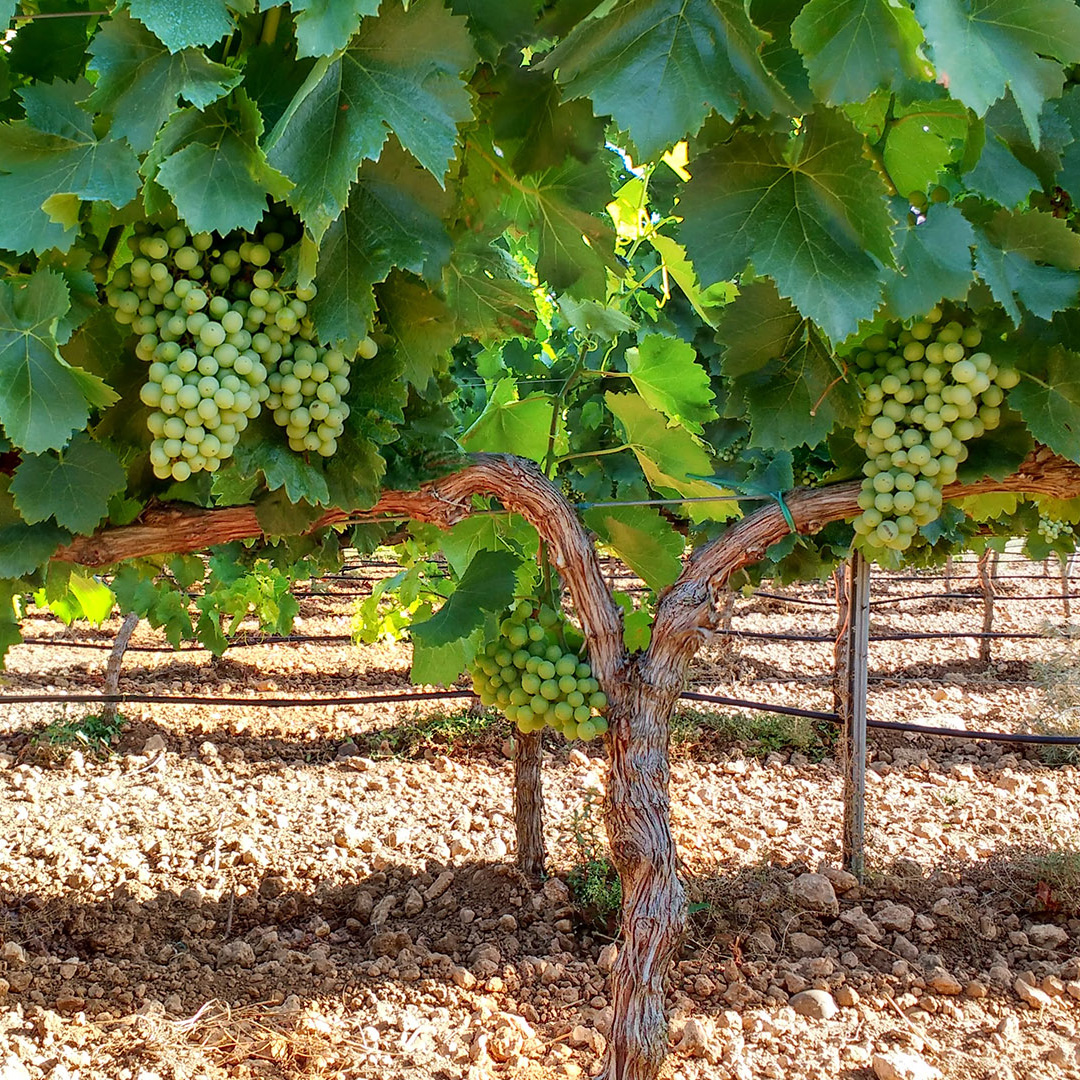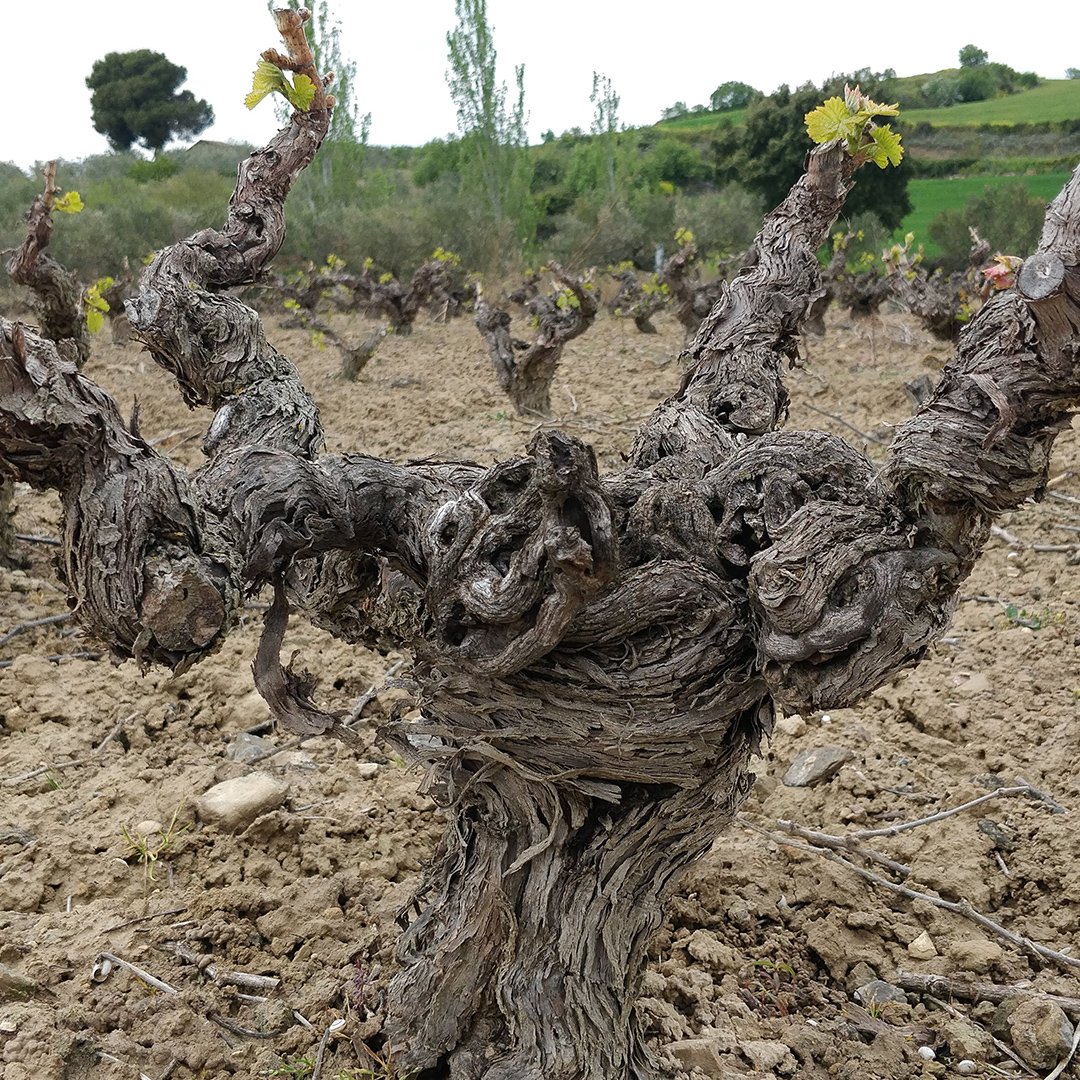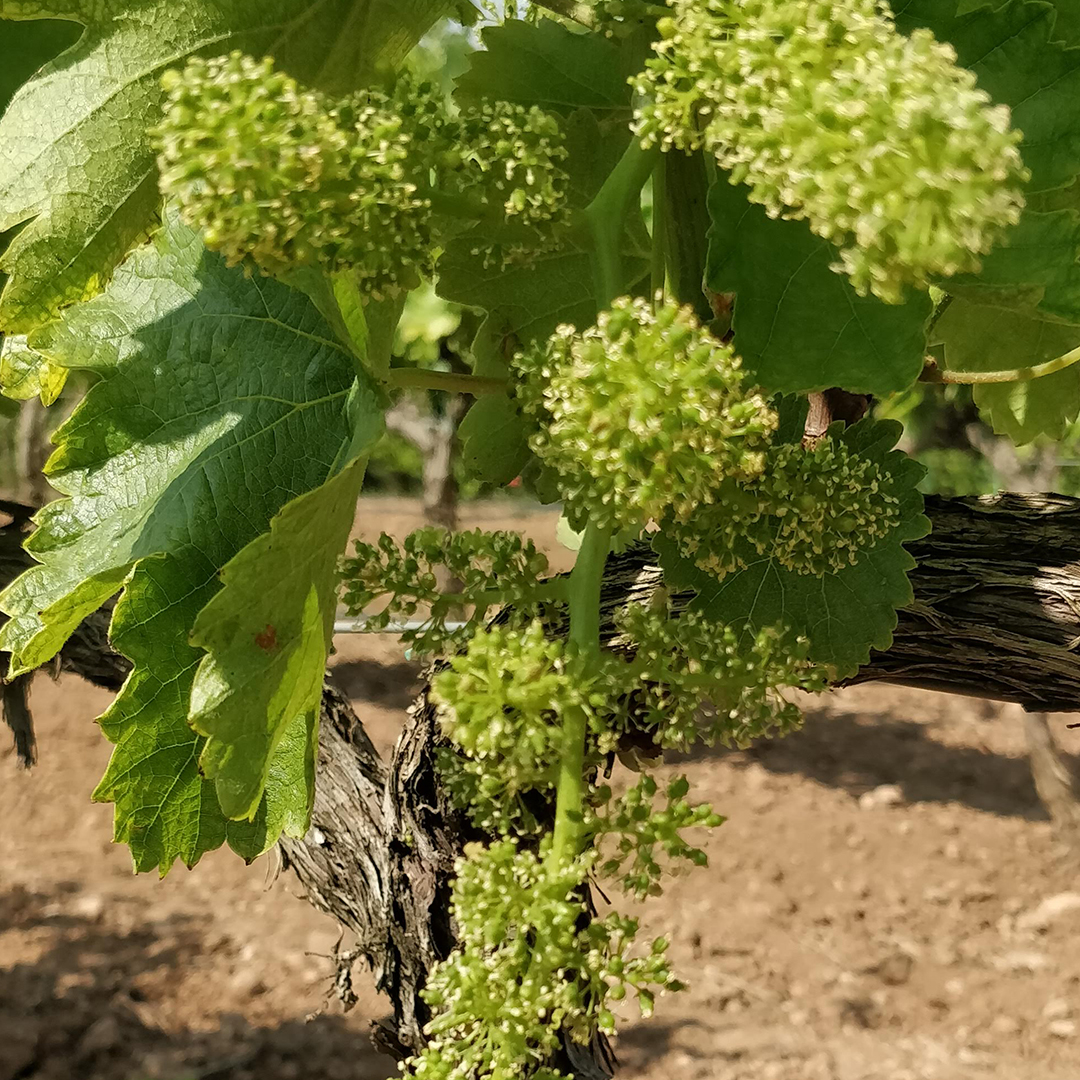A close-up of the vine - Enozentrum

A close-up of the vine
If you look closely at a grapevine, you might ask yourself whether it's a bush or a tree?
Having a similar shape to a tree, it's size is more similar to that of a bush... Think for a moment, what's your opinion? But, for however long you think, it's more than likely that you'll never imagine that, in actual fact, it's neither a tree nor a bush. The grapevine is a climbing plant.
Climbing plants primarily grow in length and, in the wild, the grapevine does so by climbing up tree trunks towards the top, seeking sunlight. Over time and with the domestication of the wild grapevine (Vitis vinifera sub. sylvestris), human beings obtained the cultivated grapevine (Vitis vinifera sub. sativa). In order to make the tasks of cultivation easier, grapevines are pruned to the shapes that can be seen today, distinguishing between the arms, trunk and, if we go deeper into the soil, the roots.
The plant is anchored in the soil through its roots and these allow it to obtain the nutrients and the water required for its growth. The roots also serve to store reserve food.
If you go up to the surface and continue upwards, you will come to the trunk, whose thickness increases, although this is not proportional to age, as is the case of trees. It supports the plant in the ground and, through a complex network of sap vessels, it communicates the roots to the top of the plant, where the arms are to be found, anchoring the shoots, full of leaves, tendrils and flowers.
The structure of the arms varies, based on the shape in which the plant is to be trained. If it is head-trained, for example, then it could have from 3 to 5 arms, similar to a small tree, while if it is to be cordon Royat trained, then it will only have two well-aligned arms.


The leaves, flowers and tendrils hang from the canes attached to the arms. The leaves have different shapes and colours, depending on the variety: larger, smaller; more or less rounded; greenish colours that are brighter, more bluish, or even with reddish tones. Furthermore, they progressively change colour as they develop. Their photosynthetic capacity also varies to meet the demands of the plant.
The flowers are the temples in which the miracle takes place. They appear each spring and, following pollination, the pistil (which is the name given to the plant ovary) increases in size until a grape berry is formed.
The tendrils are sterile inflorescences that sprout on the opposite side to the leaf insertions and at the highest parts of the shoots. If the vine has a support, then it uses the tendrils to anchor it in place.